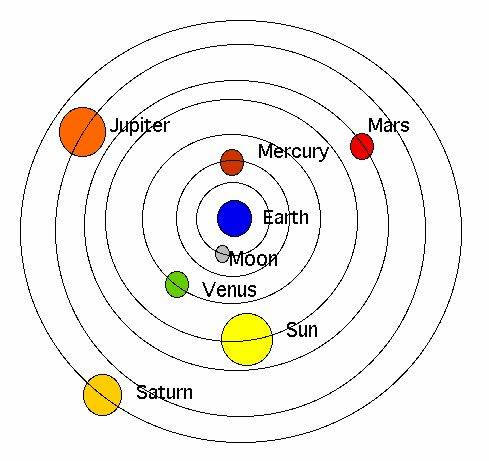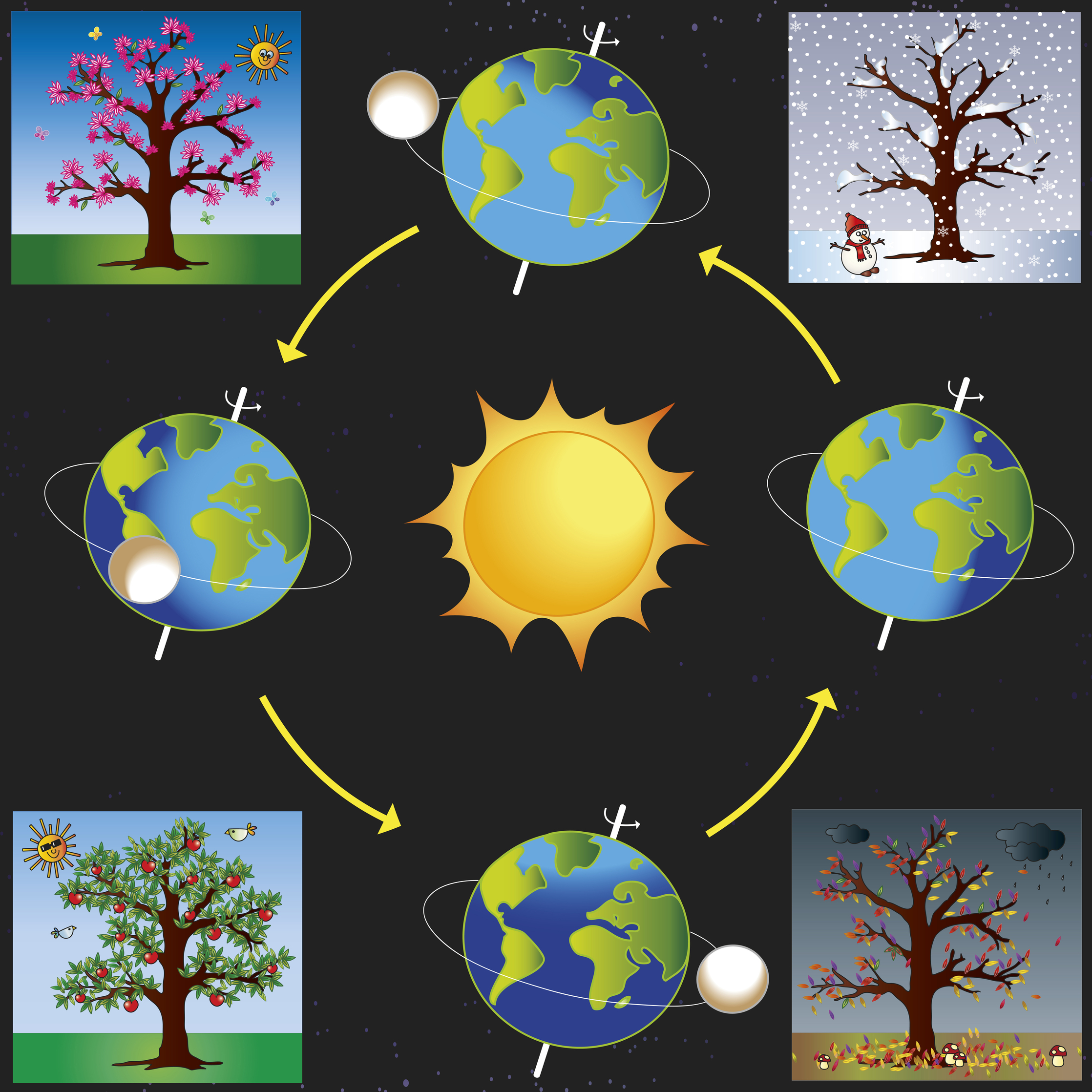A planet needs this in order to sustain life
Water
mass; distance
A comet's tail points in the direction ...
... away from the sun
During this phase, the moon appears fully illuminated and is opposite the sun in the sky.
Full Moon phase
Seasons are caused by ...
... Earth's tilt and revolution
The Geocentric Model is ...
... the model states that the Earth is in the center of the universe and the planets and sun orbit around it.

A planet would ... without gravity from the Sun
float away
a meteoroid is located in ...
... space
It takes ______ weeks to complete a lunar cycle.
4

Northern Hemisphere experiences the longest day of the year during this season
Summer
The Heliocentric Model is ...
... the model states that the Sun is at the center of the universe and other Earth and other planets orbit it.
As an object in orbit gets further from an object with a greater mass, the gravitational pull ...
... decreases
a meteor is located in ...
... the Earth's atmosphere (burning)
The position of the Sun, Earth, and moon in a solar eclipse ...
Sun - Moon - Earth

When the Earth’s axis is tilted away from the sun, resulting in colder temperatures and shorter days that is considered the ...
... winter solstice
We are located on the ______ of our solar system.
As an object in orbit gets closer to an object with a greater mass, the gravitational pull ...
... increases
meteorites are located on ...
... the Earth's surface; land on the ground
The position of the Sun, Earth, and moon during a lunar eclipse ...
When the Northern and Southern Hemispheres experience the Earth's rays equally, that is known as a(n)...
...equinox
Our galaxy was formed by a theory known as the ...
... the Big Bang Theory; a singularity exploded with a "big bang" and billions of stars, gases, and dust spin into galaxy.
_______ and _______ causes a curves path of planets.
Gravity of the Sun and inertia
Asteroids are located in ______; the __________ of the Sun holds the asteroids in place.
asteroid belt; gravity
A lunar eclipse happens during this moon phase ...
... full moon phase
The phenomenon, caused by the tilt of the Earth’s axis and its orbit around the Sun, results in the variation of daylight hours and seasonal weather patterns throughout the year is called a ...
... seasonal cycle